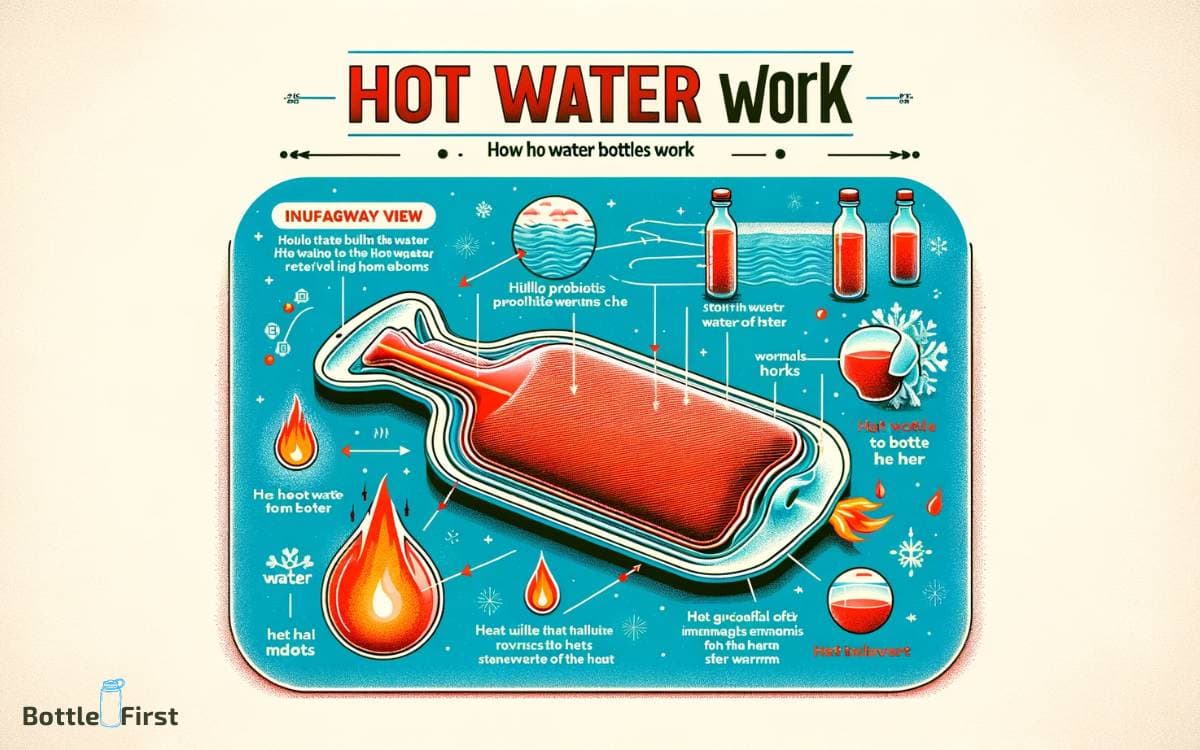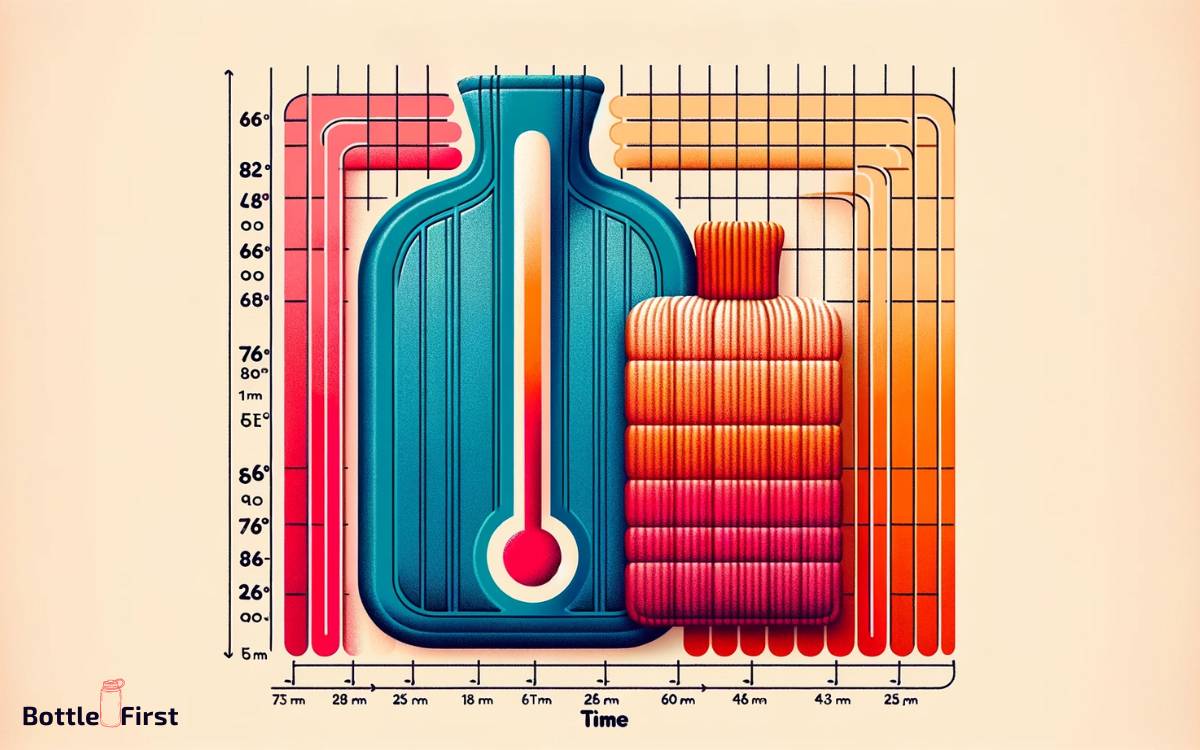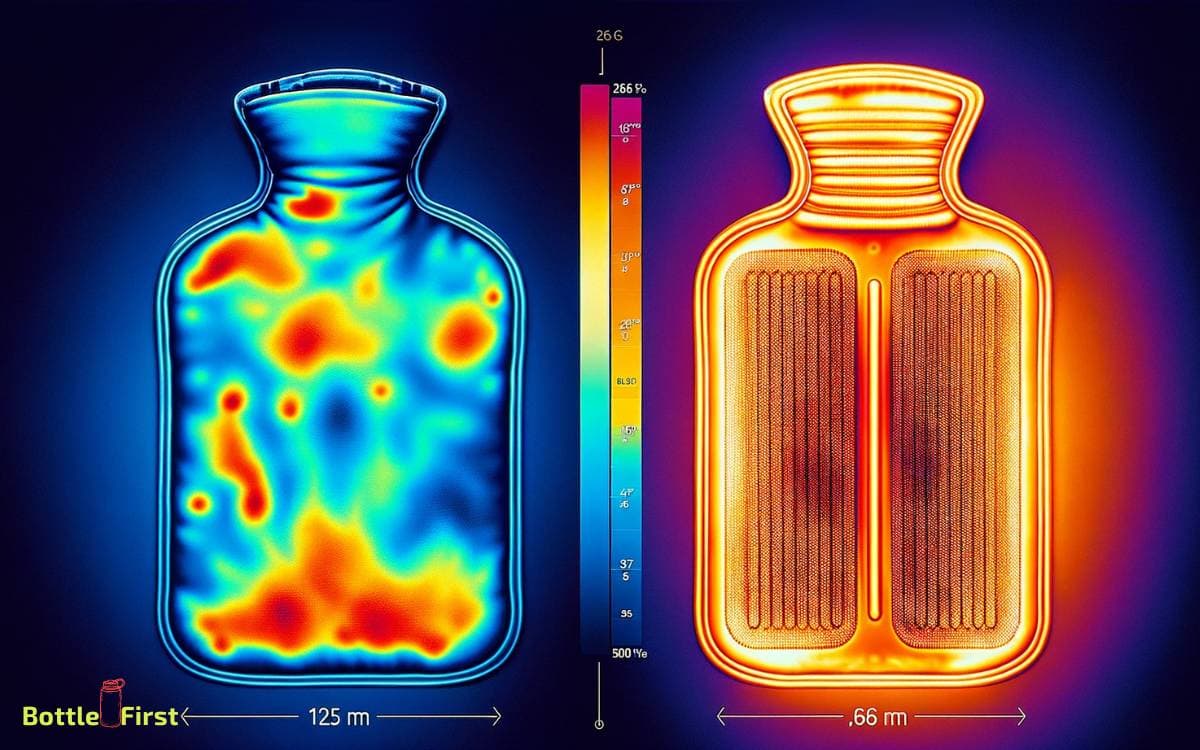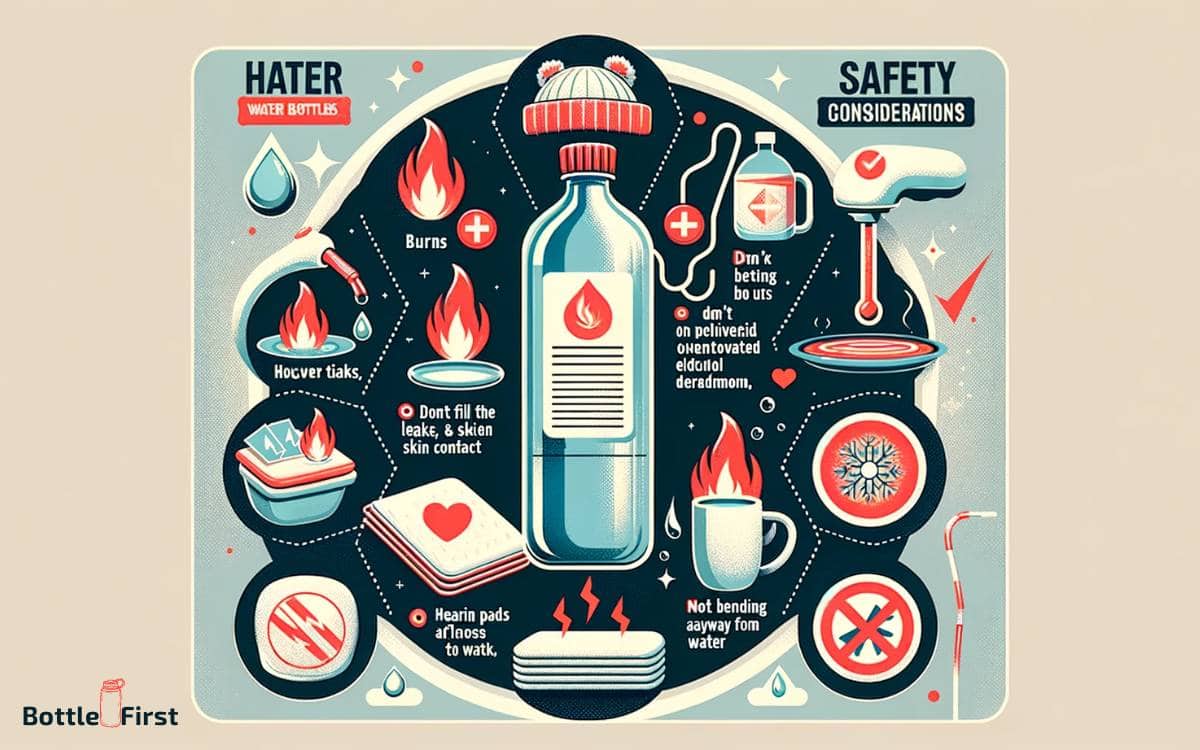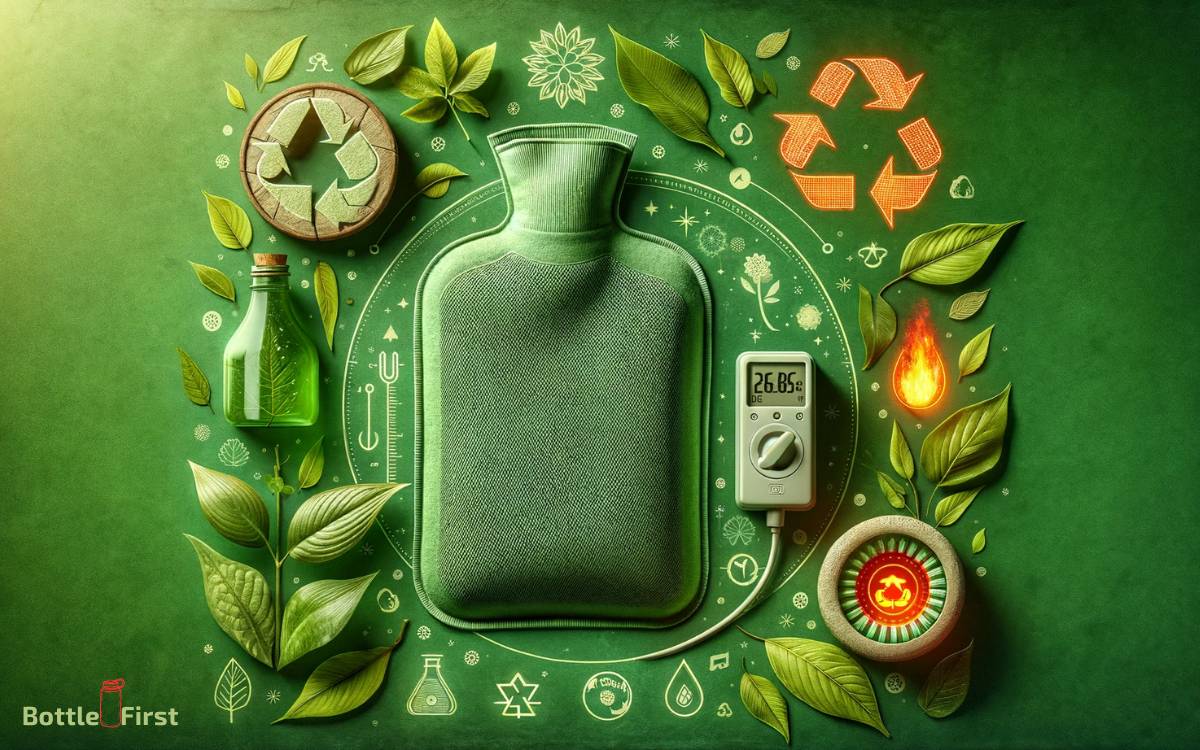Is a Hot Water Bottle Better Than a Heating Pad? Comparison!
Comparing hot water bottles and heating pads, both have benefits for providing heat therapy, but the choice depends on personal preference, convenience, and the specific application.
Hot water bottles are more portable and eco-friendly, while electric heating pads offer more consistent heat and can have adjustable temperature settings.
Hot water bottles are traditional heat sources that use heated water, whereas heating pads often use electricity to generate heat.
Each has its own set of advantages:
Hot Water Bottle:
Heating Pad:
Both can be used for relief from pain, and muscle tension, or to provide general warmth. However, the risk of leaks with hot water bottles and the potential for electrical faults with heating pads should be considered.
Choose a hot water bottle for a classic, eco-conscious warmth solution, or an electric heating pad for targeted, adjustable heat therapy.
Key Takeaway
History of Hot Water Bottles and Heating Pads
When considering the history of hot water bottles and heating pads, you may find it intriguing to explore their origins and evolution.
Hot water bottles have been used for centuries, with evidence of their use dating back to ancient times. Early versions were made from materials like metal and wood, gradually evolving into the rubber or silicone ones we use today.
Heating pads, on the other hand, have a more recent origin, first appearing in the early 20th century. They were initially bulky and dangerous, but advancements in technology have made them safer and more efficient.
Both hot water bottles and heating pads have a rich history of providing warmth and comfort, evolving to meet the needs of people in different eras.
How Hot Water Bottles Work
Hot water bottles work by retaining heat and providing a comforting warmth to soothe aches and pains. They offer the benefit of being portable and versatile, allowing you to use them anywhere you need relief.
Comparing their heat retention to heating pads can help you determine which option is best for your needs.
Hot Water Bottle Benefits
You can experience the benefits of a hot water bottle by understanding how it efficiently delivers heat. When filled with hot water, the bottle releases warmth gradually, providing soothing relief for aches, pains, and cramps.
The gentle heat can help relax muscles, alleviate tension, and promote a sense of comfort and well-being. Unlike heating pads, hot water bottles don’t require electricity, making them a convenient and eco-friendly option.
Their portable nature allows you to move around while still enjoying the warmth, creating a feeling of coziness and security.
Additionally, hot water bottles can be used for warmth in bed on cold nights, fostering a sense of comfort and relaxation.
Embracing the benefits of a hot water bottle can enhance your overall sense of belonging and contentment.
Heat Retention Comparison
To understand the efficacy of hot water bottles, consider their heat retention capabilities compared to heating pads. Hot water bottles are renowned for their impressive heat retention, ensuring long-lasting warmth.
Here’s how they work:
- Material: Hot water bottles are typically made from rubber or silicone, providing excellent insulation to maintain heat for extended periods.
- Thermal Mass: The high thermal mass of the water inside the bottle allows it to retain heat and slowly release it, keeping you warm for hours.
This efficient heat retention makes hot water bottles a reliable choice for maintaining a comfortable temperature, offering sustained warmth and coziness.
Whether it’s soothing aches or providing comfort on a chilly night, hot water bottles excel in keeping you warm for longer durations.
Versatility and Portability
When considering the versatility and portability of a hot water bottle, it’s important to understand how this heating tool functions in various situations.
A hot water bottle is incredibly versatile. It can be used to soothe muscle cramps, warm your bed on a chilly night, or ease the discomfort of menstrual pain.
Its compact size and lack of cords make it highly portable, allowing you to take it with you on trips or use it anywhere around the house.
Unlike electric heating pads, a hot water bottle doesn’t require a power source, making it convenient for outdoor activities like camping.
Its simplicity and ease of use make it a reliable companion for warmth and comfort wherever you go. The portability and versatility of a hot water bottle make it a valuable addition to your self-care routine.
Effectiveness of Heating Pads
Using a heating pad provides consistent and targeted warmth to alleviate muscle pain and promote relaxation.
Here’s why heating pads are effective:
Penetrating Heat:
Heating pads penetrate deeply into the muscles, providing relief for aches and pains. This deep heat can help improve blood flow and flexibility, aiding in the recovery from injuries.
Customizable Settings:
Most heating pads offer adjustable temperature settings, allowing you to personalize the level of heat for your comfort.
This customization ensures that you can tailor the heat to suit your specific needs, providing a more effective and enjoyable experience.
When you use a heating pad, you’re choosing a reliable and effective method for easing muscle discomfort and finding relief.
Comparing Heat Retention
For optimal heat retention, you should regularly check the seal and insulation of both the hot water bottle and the heating pad.
Inspect the hot water bottle for any signs of wear or damage to the stopper and ensure that the cap is tightly sealed to prevent heat from escaping.
Similarly, examine the heating pad for any frayed wires or worn-out insulation that could compromise its ability to retain heat.
When comparing heat retention, consider the material of the hot water bottle, such as high-quality rubber or silicone, which can effectively maintain heat for longer periods.
Conversely, a heating pad with advanced insulation and heat distribution technology may offer superior heat retention.
Safety Considerations for Both Options
Regularly check for any signs of wear or damage to the hot water bottle stopper ensure the cap is tightly sealed to prevent heat from escaping, and examine the heating pad for any frayed wires or worn-out insulation to ensure safety for both options.
When using a hot water bottle or heating pad, it’s crucial to prioritize safety.
Here are some safety considerations for both options:
Hot Water Bottle:
- Inspect the rubber for any cracks or signs of deterioration.
- Avoid overfilling the hot water bottle to prevent leaks or burns.
Heating Pad:
- Check the cord and connector for any damage.
- Always unplug the heating pad when not in use to prevent overheating or electrical hazards.
Ensuring these safety measures will help you enjoy the warmth and comfort of both options without compromising your well-being.
Eco-Friendliness and Sustainability
When considering eco-friendliness and sustainability, you may wonder if a hot water bottle is biodegradable and if a heating pad is energy-efficient. These are significant points to consider when choosing between the two options.
Understanding the environmental impact of each product can help you make a more informed decision.
Hot Water Bottle Biodegradable
You can choose a biodegradable hot water bottle as an eco-friendly and sustainable option for warmth and comfort.
When considering the sustainability of a hot water bottle, keep in mind the following:
- Material: Look for hot water bottles made from natural rubber or biodegradable materials to reduce environmental impact.
- Natural rubber: Opt for hot water bottles made from sustainably sourced natural rubber, which is biodegradable and renewable.
- End-of-life disposal: Consider how the hot water bottle can be disposed of at the end of its life cycle.
- Biodegradability: Choose a hot water bottle that’s designed to biodegrade, reducing its impact on the environment.
Heating Pad Energy-Efficient?
Opt for an energy-efficient heating pad to minimize electricity usage and reduce your environmental footprint.
Look for heating pads with automatic shut-off features to conserve energy. These models can provide the right amount of heat while being mindful of energy consumption.
Additionally, consider the materials used in the construction of the heating pad. Eco-friendly options made from sustainable or recycled materials are available and can align with your desire to make an environmentally conscious choice.
When shopping for a heating pad, check for energy-efficient certifications such as Energy Star to ensure that the product meets high standards for energy efficiency.
Cost and Convenience Factors
Consider the expense and accessibility of both options before making your choice between a hot water bottle and a heating pad.
When it comes to cost and convenience, here’s what you need to keep in mind:
Hot Water Bottle:
- Cost: Initial expense is low, as you only need to purchase the bottle itself.
- Convenience: Requires access to hot water, which may not be readily available in all situations.
Heating Pad:
- Cost: Higher initial investment, but can be more cost-effective in the long run due to reusability.
- Convenience: Easily accessible and can be used without the need for additional supplies.
Ultimately, your decision should be based on your specific needs and lifestyle. Consider how often you’ll need to use the heating device and whether cost or convenience is more important to you.
Conclusion
So, is a hot water bottle better than a heating pad?
While both have their benefits, the comforting warmth and eco-friendly nature of a hot water bottle make it a top choice for many.
Next time you need soothing heat for aches and pains, consider the nostalgic and sustainable option of a hot water bottle. After all, sometimes the old ways are the best ways.



